This is the third and penultimate installment of my conversation with Meredith Miller. We talk about the victim mindset; communism/political correctness/Wokeism/social justice/critical race theory; willpower; Stoicism; vulnerability; Dialectical Behavior Therapy; euthanasia and MAiD; parenting; education vs. indoctrination; grit; thanatology; and Meredith’s near-death and out-of-body experiences. Below are links to the first seven questions if you missed them.
Q&A #8
MAA:
I appreciate your bringing up the victim mindset that has been propagated to induce a state of learned helplessness; foment anxiety, fear, division, and conflict; suppress critical thinking, independence, and resourcefulness; and foster fragility instead of resilience.
As you rightly noted, that mentality is precisely how TPTB control the populace, creating a sense of dependency on them and their proffered “solutions.”
This malleable state of mind has been cultivated for years, if not centuries, through mass indoctrination tools such as educational institutions, but the inculcation has accelerated over the past decade with the progression from political correctness (which has its origins in 1930s Communism) to Wokeism, social justice, and critical race theory.
It has been heartening to see parents like this father and this mother exposing the corrosive nature of this disempowering belief system, which stokes hatred, envy, rage, and separation while reinforcing the very racism it claims to be dismantling by focusing on superficial external characteristics and accidents of birth rather than one’s character, personality, talents, skills, abilities, and other interior traits within a person’s control.
I was also happy to hear you mention Dr. Kelly McGonigal, whose Willpower Instinct I read years ago and who identifies self-control as the key factor to success—a principle demonstrated by the Marshmallow Test.
McGonigal describes self-control as a muscle, which means the more you exercise it, the stronger it becomes—thus placing the power within the individual’s hands and stressing self-responsibility. She poses an I Will, I Won’t, I Want Challenge people can practice to build their willpower muscle:
I will. Do something you’ve been putting off.
I won’t. Stop a negative or destructive behavior.
I want. Take steps toward a long-term goal or dream.
Angela Duckworth’s Grit: The Power of Passion and Perseverance identifies another crucial ingredient to achieving one’s goal in life.
Management-consultant-turned-seventh-grade-math-teacher Duckworth discovered it wasn’t IQ but grit that was the greatest predictor of success (and by “success,” I personally don’t mean grades, wealth, career, or status but purpose, fulfillment, and love, whereas she likely means measurable success).
How people respond to their failures matters more than ostensible achievements. That is why coddling approaches such as helicopter and bulldozer parenting set children up for a life of dependency, disappointment, and defenselessness. How can a fledgling who has never exercised his wings learn to fly?
When obstacles are removed from their paths, kids don’t learn the skills needed to overcome adversity during the critical stage of development, which means they are always going to run to authorities like mommy or the State when they encounter difficulties instead of tackling their problems themselves.
It is no wonder this infantilized population was so primed for obedience and eager to take instruction from tyrannical forces when COVID came along. All you have to do is trigger their fear mechanism; make them feel the pain of policies that damage their lives, livelihoods, and relationships; and dangle the carrot of normality in front of them while promising the return of our stripped liberties and rights if you simply comply with one humiliating demand after another.
It is no wonder this infantilized population was so primed for obedience and eager to take instruction from tyrannical forces when COVID came along. All you have to do is trigger their fear mechanism; make them feel the pain of policies that damage their lives, livelihoods, and relationships; and dangle the carrot of normality in front of them while promising the return of our stripped liberties and rights if you simply comply with one humiliating demand after another.
In The Antidote: Happiness for People Who Can’t Stand Positive Thinking, Oliver Burkeman posits that people’s attempts to resist their negative feelings actually reinforce them, thanks to ironic process theory and the power of suppression to enhance the thoughts being sublimated.
Sourcing wisdom from the Stoics, Burkeman reveals that—much like radical acceptance—embracing feelings such as fear, anxiety, and depression can help us overcome them.
Shame researcher Brené Brown similarly encourages us to acknowledge the power of vulnerability rather than struggling to hide it:
“In our culture, we associate vulnerability with emotions we want to avoid such as fear, shame, and uncertainty. Yet we too often lose sight of the fact that vulnerability is also the birthplace of joy, belonging, creativity, authenticity and love.”
Marcus Aurelius reminds us:
“Very little is needed to make a happy life; it is all within yourself, in your way of thinking.”
The Stoic practice of memento mori helps us make peace with the reality of our inevitable demise and liberates us from being controlled by the fear of death:
“I cannot escape death, but at least I can escape the fear of it.”
—Epictetus
In other words, “we’re all gonna die,” as Sufjan Stevens sings:
Contrary to what some might think, accepting our mortality is neither depressing nor melancholy but rather inspires us to live in a state of carpe diem—best-known as “seize the day” but more accurately translated as “plucking the day”:
“Let us prepare our minds as if we’d come to the very end of life. Let us postpone nothing. Let us balance life’s books each day.… The one who puts the finishing touches on their life each day is never short of time.”
—Seneca
Imagine how differently the COVID years would have gone if people had adopted Aurelius’s life-affirming maxim:
“It is not death that a man should fear, but rather he should fear never beginning to live.”
“The fear of death is completely absurd. Because if you’re dead, you’ve got nothing to worry about, so you’ll be alright.”
This hearkens back to Jesus’s admonition:
“Who of you by worrying can add a single hour to his life?”
Watts also says something that reminded me of what you said earlier about people having to be ready to wake up:
“If you are ready to wake up, you’re gonna wake up. And if you’re not ready, you’re gonna stay pretending that you’re just a ‘poor little me.’”
Most people are stuck in that “poor little me” self-pity trap and thus resent those who confidently take ownership of their own lives and knowledge—even though they are perfectly capable of doing the same themselves if they simply got out of their own way.
You mentioned Dialectical Behavior Therapy (DBT). One of the details I found so inspiring when I first learned about DBT is that its developer, Marsha Linehan, used her own creation to rescue herself from borderline personality disorder—a condition once thought to be incurable.
I think that’s a beautiful example of someone using their ingenuity and inner strength to overcome an affliction that historically drives many people to suicide, addiction, and abuse (both as victims and perpetrators).
I feel like if the tenets of philosophies like Stoicism and the other ideas I outlined above were taught in schools, people would grow up to exhibit creativity instead of consumption, empowerment instead of brittleness, and courage instead of cowardice—and that is precisely the sort of person the puppeteers cannot control.
If the tenets of philosophies like Stoicism were taught in schools, people would grow up to exhibit creativity instead of consumption, empowerment instead of brittleness, and courage instead of cowardice—and that is precisely the sort of person the puppeteers cannot control.
Just because people have a healthy, non-fearful relationship with their inevitable death doesn’t mean they should welcome it, though.
You hinted earlier at the weaponization of psychiatry and medicine, which Holocaust survivor Vera Sharav has cited as the distinguishing factor that makes what’s happening right now like the Holocaust.
Countries like Canada have not only been normalizing euthanasia (MAiD) but actively romanticizing it—even touting how medically assisted suicide could save Canadians millions while pushing it on children, veterans, the vulnerable, and the poor.
The Canadian government plans to expand its MAiD program to include the mentally ill, noting:
“In 2021, it was determined that Canadians whose only medical condition is a mental illness, and who otherwise meet all eligibility criteria, would not be eligible for MAID for two years—until March 17, 2023 [now March 17, 2027]. This includes conditions that are primarily within the domain of psychiatry, such as depression and personality disorders.”
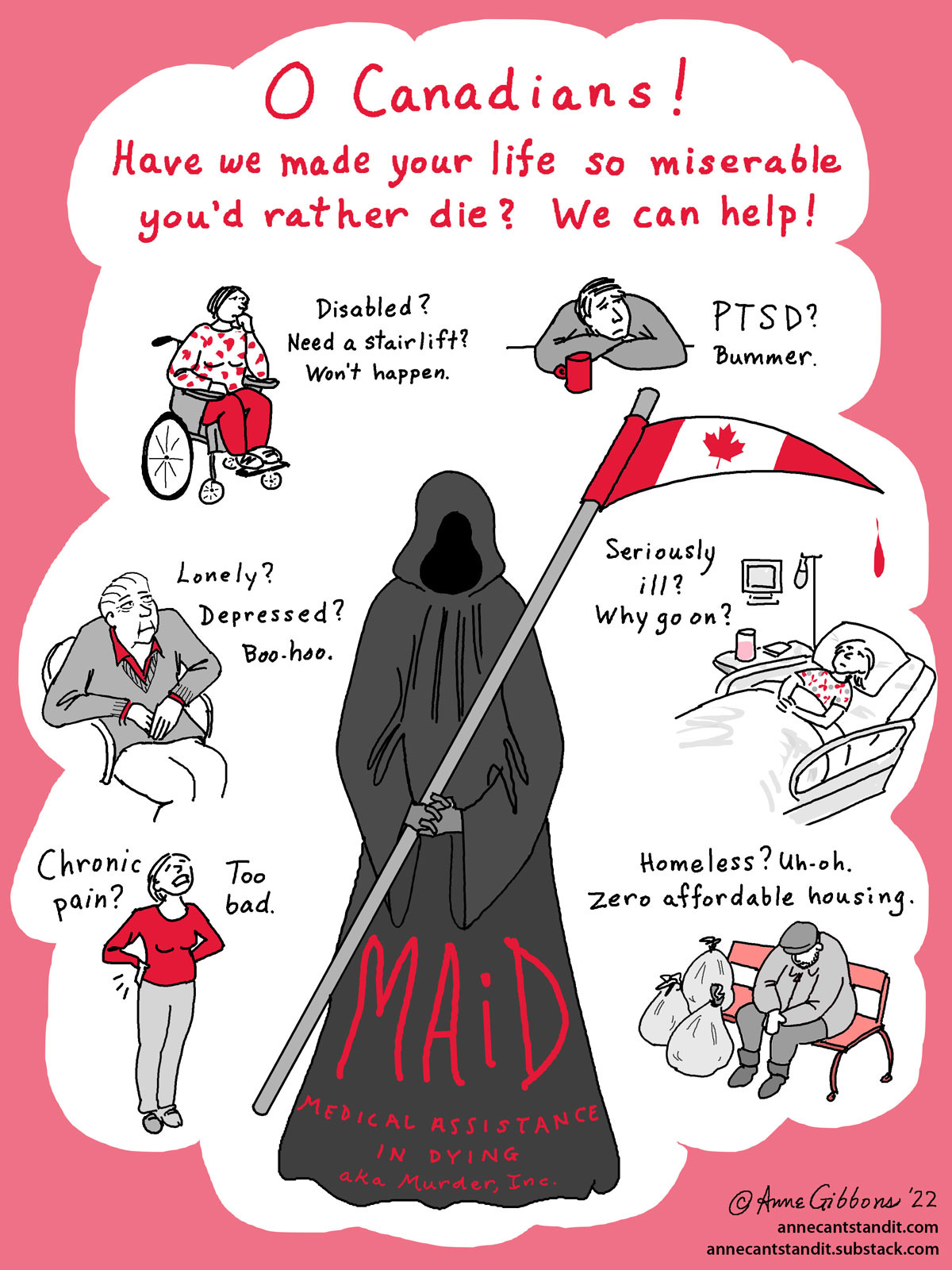
This is the fulfillment of the vision futurist and special advisor to François Mitterand Jacques Attali articulated in 1981:
“Euthanasia will be one of the essential instruments of our future societies in all cases.”
It is chilling how many of his other predictions/recommendations have already come to pass:
“I believe rather in implicit totalitarianism with an invisible and decentralized ‘Big Brother.’ These machines for monitoring our health, which we could have for our own good, will enslave us for our own good. In a way, we will be subjected to gentle and permanent conditioning.”
Given the course of history, the threats to drug the unvaxxed into submission, the concocting of new conditions like information disorder syndrome, the vilification of individualism, and the institutionalization of doctors who speak out against COVID tyranny, I am becoming increasingly concerned that mental health diagnoses will be used to lock away and maybe even euthanize dissidents.
It sounds hyperbolic, but if you look at how rapidly the world has been transformed into a totalitarian dystopia, I can envision a time when people like you and me are diagnosed with something like oppositional defiant disorder and placed in a mental institution for “our own protection.”
Saint Anthony the Great once said:
“A time is coming when men will go mad, and when they see someone who is not mad, they will attack him, saying, ‘You are mad; you are not like us.’”
As Andrzej Lobaczewski notes in Political Ponerology: A Science on the Nature of Evil Adjusted for Political Purposes:
“If an individual in a position of political power is a psychopath, he or she can create an epidemic of psychopathology in people who are not, essentially, psychopathic.”
What are your thoughts on the growing expansion of government euthanasia programs and the abuse of psychiatry for political ends—as occurred in Soviet Russia? Do you think we’re heading toward a Soylent Green future in which thanatoria are commonplace and psychiatric diagnoses will be used to disappear nonconformist thinkers?
MM:
You named some ways in which the victim consciousness has been promoted and cultivated for a very long time because it’s an easy way for the few to control the many. It’s incredible to observe how much this dynamic has accelerated in the twenty-first century. We can see the same old tactics being applied to new campaigns and disguised as positive solutions to real or imagined problems in society.
Once again, we land on the importance of dialectical thinking to sort through it all. There are real problems in the world, and there are some truths in the manipulation campaigns. However, there are also lies and distortions of reality used to position the engineered solutions as desirable when those are often just tactics to further victimize and divide people.
There are also lies and distortions of reality used to position the engineered solutions as desirable when those are often just tactics to further victimize and divide people.
It is indeed heartening to see some brave parents exposing the indoctrination campaigns in schools. Many parents are starting to see how dangerous those ideas are for the exact reasons you mentioned. I’ve known of a few parents who took their kids out of public and private schools in California during the recent years either to homeschool them or move the entire family to another state.
Orly A. Raz, health and well-being coach, gave me permission to share the following excerpt. She had sent some emails to her daughter’s school administrators in September 2020, urging them to take another approach to anti-racism. She brought to their attention that embedding shame into the children has severe consequences that will further divide all of us:
“Chloe S. Valdary of Theory of Enchantment has an anti-racist training that anyone who truly wants to unite and fight bigotry can get behind. She is incredibly gifted, insightful, and full of love and light. Please consider this for [school name redacted].
“I think the parents would benefit as much as the kids. Most people are walking around with unhealed wounds, treating themselves and each other horribly. We should hope to eliminate all forms of self-hatred in order to truly eradicate the hatred of others.
“The way [school name redacted] is approaching anti-racism will only divide us. I implore you to think very deeply about the mental health implications to our children when they are being labeled as ‘oppressor’ or ‘victim’ and forced to focus on skin color and immutable differences of their peers.
“I am adopted. I never had the privilege of knowing my biological parentage. I went on a very long, painful search for years to try and discover my missing ‘identity.’ What I found is not a reflection of who I am. I am not my place of origin, I am not my ethnicity, and I am certainly not my hair or skin color. Because if I had to identify with what I found—a long lineage of tortured souls suffering from alcoholism, child abuse, abandonment, and unhealed wounds, I would unravel (and I did).
“I am so grateful to have learned from this difficult experience that who I am is in my heart—it is how I love, how I help others, and how I learn and grow in this lifetime. If we teach our children to attach to their identities in a way that is external or out of their control, they will always be empty and at risk of losing it all. We need to go below the surface—to the depth of our humanity and connect with one another there. We are so much more complex and dynamic than our exterior shells, let us please teach our children to orient from the heart.”
Orly’s heart-based message is one that schools, kids, parents, and everyone else could benefit from. Nothing gets fixed, whether internally or in society, as long as we are displacing the issue and power outside ourselves and looking externally for the solutions. The change starts inside each of us. As more of us grow as individuals, society changes, too, because it is formed by all of us. The only real control is self-control, and we ought to reclaim that responsibility.
I’m glad you mentioned Dr. Kelly McGonigal’s perspective of self-control. This is a very relevant topic for bringing the agency back to the individual. The Marshmallow Test emphasizes the value of delayed gratification. Nowadays, with the increasing desire for instant gratification due to technological advances and their effects on the human brain and nervous system, most adults cannot resist the figurative marshmallow.
It seems a growing number of people regret rushing into taking the experimental injections to travel; go to restaurants and bars; or do other things they now wish they would’ve waited for.
That trend is the hallmark of a society of individuals who lack self-discipline and the corresponding ability to delay gratification. This shows up in many areas of a person’s life, such as work performance, self-care, parenting, dating, and relationships.
That trend is the hallmark of a society of individuals who lack self-discipline and the corresponding ability to delay gratification.
McGonigal is spot-on in saying that self-control is a muscle. It can be strengthened through intentional training or left to atrophy. When we aren’t self-disciplined enough to grab the reins of self-control on the daily, we will be lazy about making the more difficult choices that support our health and growth while outsourcing the control to others, including authority figures.
I love what Angela Duckworth shares about grit being a great predictor of success in all areas of life. Grit is also necessary for processing the emotional overload after trauma. In a 2021 presentation on that topic, I quoted Duckworth’s definition of “grit”:
“Grit is a positive personality trait based on an individual’s perseverance of effort combined with the passion for a particular long-term goal or purpose.”
The free PDF booklet for Overcoming Emotional Overload: Integrating Trauma with Presence & Grit is still available.
Those who are willing to face the emotional fallout after trauma are the ones who can summon their inner grit. This trait will be noticeable in those who are able to face, process, and integrate the ongoing traumas of these tumultuous times without getting stuck in escapism behaviors, denial, numbness, spiritual bypassing, or acting tough.
Those who are willing to face the emotional fallout after trauma are the ones who can summon their inner grit.
It’s true what you said about the opportunity that our failures provide for learning and growth. Parenting trends such as the coddling approaches you mentioned are like clipping the wings of little fledglings. We can already see the effects in the generations of young adults who were raised that way.
As you mentioned, the removal of obstacles in childhood conditions people to turn to authority figures like a parent or the State instead of taking responsibility themselves. It’s hard to imagine this was all merely a coincidence as a societal trend. It seems to have been carefully designed social engineering that heated up slowly over decades to reach the current boiling point.
While most of us probably don’t enjoy obstacles, overcoming them builds resilience, grit, and confidence. It may sound desirable to avoid working or struggling and to instead sit back enjoying life, but that usually leads to undesirable results. When people lose their drive to work and contribute something to society, that’s often when people get sick or injured or have some other kind of crisis, which can become a downward spiral that leads to giving up. This is another path to the victimhood consciousness and learned helplessness. That’s exactly what will happen with universal basic income (UBI).
An Ethiopian refugee in Texas told me many of his relatives and friends had gone to France to declare asylum. The French government put them in free housing as well as providing for other needs such as healthcare, food, and French language classes. If the refugees get jobs and earn income, they’re no longer eligible for government assistance, so most of them choose to remain dependents of the State. He remarked on how they lost their drive to strive in life. He didn’t want that to happen to him, so he chose the more difficult path. He arrived in America with only the clothes on his back, barely speaking English. He worked incredibly hard for the first decade, and now he’s a homeowner earning a good income being self-employed.
You brought up another important point about allowing ourselves to feel the feelings instead of resisting or suppressing them. This is actually the only way to process the emotional residue of trauma and loss so we can shed the past and move forward with the integrated wisdom of those experiences.
It can be tempting to act tough and convince ourselves we are fully healed of the past or that there are no wounds because it was no big deal. Usually this is because we don’t see the unresolved trauma. Sometimes the wound is so deeply repressed, we don’t even realize it’s there. The existence of the wound is usually visible in a person’s relational dynamics because the unresolved trauma sabotages connection.
The overwhelming stress of trauma on the nervous system often causes a numbing effect, which represses the feelings in the body without a person’s awareness. That leads to huge blindspots in personal growth. It also consumes a lot of energy for the nervous system to maintain all of that information frozen beneath the veil of unconsciousness. Chaotic events like illness, injury, and other crises are usually what catalyze the emergence of those feelings during particular moments.
The overwhelming stress of trauma on the nervous system often causes a numbing effect, which represses the feelings in the body without a person’s awareness. That leads to huge blindspots in personal growth.
You brought up Brené Brown’s work on the topic of vulnerability, which is fantastic. I would add the caveat that it’s not safe to be vulnerable with manipulative and abusive people. Brown also said that we can’t selectively numb emotion. When we are unable or unwilling to feel the heavy stuff, the good feelings also get numbed.
When people are used to the state of emotional numbness, it’s common to end up in relationships or situations with psychopaths, narcissists, and other immoral characters. The emotional intensity of the experience feels like a vacation from the numbness, but it comes with a big cost. People often confuse the euphoria of the highs with love. However, it’s more like a drug addiction that also comes with a painful crash. It cycles like a rollercoaster of highs and lows. The highs are never as high as the first time, and the lows are progressively worse every time. The longer that dance goes on, the more integrity a person will sacrifice to maintain the relationship or situation.
You made a great point about the fear of death and how differently the COVID years could have gone if more of us realized it was (and still is) an opportunity to recognize the ways in which we have been afraid to truly live and experience life because we are paralyzed by our fears. It wasn’t until my near-death experience (NDE) in 2003 when I realized I actually wanted to start living. Until that point, I think I was just existing.
I’ve heard hospice nurses say that on the deathbed, people don’t as much regret the things they did but rather what they didn’t do.
I’ve heard hospice nurses say that on the deathbed, people don’t as much regret the things they did but rather what they didn’t do.
In Mexico, the study of tanatología aims to heal the despair and pain of death for both the person who is dying and their family. It’s also applied in situations in which a person experiences a loss or fears of death and loss. The work focuses on shifting the beliefs around death, preparing for any kind of loss, and helping people understand the nature of grief from a human perspective, accentuating the importance of feeling the emotions.
Thanatology is described by the Instituto Mexicano de Tanatología as:
“a scientific discipline that is responsible for finding meaning in the process of death, its rites and meaning conceived as a professional discipline, which integrates the person as a biological, psychological, social and spiritual being to live fully and seek their transcendence. It’s also about the grieving process derived from significant losses that don’t have to do with physical death or the terminally ill.”
Thanatology is also known as “a study of life that encompasses the study of death.”
An important tenet of thanatology is autonomy, which empowers an individual to make their own decisions related to dying or living. It would be great to hear some thanatology practitioners speak about these practices to address the fear of death that people around the world have felt during the recent years.
Those are great quotes you cited by Alan Watts. His work resonates deeply with some of the mystical experiences I’ve had with entheogenic plants and also through other practices of the sacred medicine path.
I wish these practices could become more available to people who want to take the journey, “to challenge the boundaries of one’s consciousness, to quicken the movement of Spirit into one’s life, to encourage one’s individual spiritual opening and most importantly to support humanity’s collective opening,” as Dr. Christopher Bache writes.
It’s vital to approach this work with reverence and responsibility in addition to taking on the daily tasks of getting our desires in order and aligned in integrity; spending time in the contemplative, intentional practice of self-reflection for increasing self-awareness; and practicing the energetic and physical purification of the body. This is not the easy path, but the results are priceless.
We are much more than the ego, yet it’s the ego that fears death and annihilation because it believes part of our identity is all there is. We can’t just kill the ego to feel free from such fears. The loss of ego is dangerous and produces symptoms like schizophrenia, where a person cannot distinguish between what is self and what is other. Without an ego, we would lose our sense of self, our individual identity, and our sovereignty.
We can cultivate a healthy ego for surviving in this world and yet also not allow the ego to run the show. The ego’s perspective is based on separation, and it differentiates the self from others. That can have positive and negative implications. The ego is also the part of the human mind where we can find our mental strength and set boundaries.
When the ego is attached to an external identity, the person will suffer from those illusions and project them onto others. When the ego identifies with the pain of the past, it will continue to superimpose the feelings of the past on the present, and the person will continue suffering. When the ego is weakened and passive, the person doesn’t have the strength to set healthy boundaries, permitting others to take advantage. When the ego is too rigid and tough, the person can take advantage of others or wall up to avoid the experience of deeper connection. When the ego is insecure, the person will try to prove themselves to others or engage in people-pleasing behaviors.
Watts described “ecological awareness” as the state of consciousness in which we recognize we are not separate from everything else. These profound experiences can be glimpsed through the intentional use of plant medicine as well as other transcendent states that can emerge during spiritual practices, enabling us to see beyond the veil of the ego and separation. Those experiences of interconnectedness with All That Is are immensely healing. Transcendent states are glimpses that allow us to extract insights to be integrated into daily life.
The New Normal perverted the meaning of this important truth. The 2020 campaign slogan was, “We are all in this together.” That’s true from the state of ecological awareness, which is one level of human consciousness and not the one that we live in 24/7. In this world, where we also exist in a third dimensional form, the truth of separation also exists. Each of us has the right to a sense of self, individual sovereignty, and the boundaries to protect our personal values.
“We are all in this together” is a truth that was distorted to imply we must give up our individuality for the collective and that the collective is more important than the individual. Essentially, this distortion was used to promote an anti-life philosophy of self-sacrifice “for the greater good.”
“We are all in this together” is a truth that was distorted to imply we must give up our individuality for the collective and that the collective is more important than the individual.
Individuals form the collective. When individuals are doing well, society is doing well. Therefore, the devaluation and destruction of the individual does not lead to a healthy collective. This is an example of how harmful spiritual bypassing can be, and it can be observed in the effects of this weaponized public health campaign on individuals and society during the recent years.
Again, we come to a dialectical truth: We are all in this together, AND we each have the right to individual identity, sovereignty, and boundaries.
You highlighted the growing trend of normalizing and romanticizing euthanasia, for example in the way Canada is approaching their MAiD marketing campaign. The acronym is alarming in itself. It’s shocking but not surprising that they’re now targeting children, too. It looks like the trajectory is headed toward another “we are all in this together” type of brainwashing to convince people that they will be less of a burden on society if they would just clean themselves off this planet for the greater good.
I wonder, who is defining when a child is mature enough to make such decisions? And how do they define “mature”?
It’s been years of social engineering leading up to now. You linked above to a Substack essay that cited a 2018 article, which itself referenced a paper published in the Oxford-based Journal of Medical Ethics. I noticed the phrase “a well-resourced institution,” which reminds me of the public health institutions pushing other unhealthy and tyrannical measures.
“In order to protect staff members from potential violence and social harassment, we will not make public the names of the healthcare providers at The Hospital for Sick Children who have volunteered to provide MAID, nor will we disclose a full list of persons who comprised our working group.
“We will, however, as an institution, publicly discuss the provision of MAID in an effort to normalise this procedure and reduce social stigma for everyone involved. It is right and appropriate for this duty to fall to a well-resourced institution rather than rest on the shoulders of individual patients and providers.”
It’s hard to believe the euthanasia of children could be normalized, but reflecting on recent years, it appears it’s entirely possible. Many doctors and psychologists promoted the experimental injections and the segregation of the noncompliant. They’ve already crossed the ethical line of “doing no harm.”
It’s hard to believe the euthanasia of children could be normalized, but reflecting on recent years, it appears it’s entirely possible.
Perhaps the doctors and psychologists within the institution’s protocols are going to be the arbitrators of child-elected suicide. Are they taking into account that teenagers often catastrophize experiences such as social rejection as if it were the end of the world? If kids are offered suicide as an option in such moments and especially without the consent of their parents, that will likely have devastating consequences.
Children in abusive families are parentified. They’re given adult responsibilities entirely too young. The same pattern is happening in Woke society.
Kids nowadays are being offered the decision to receive life-altering surgeries and hormones that effectively sterilize them. In some cases, teenagers were offered the experimental injections without the consent of their parents. There’s a nonprofit called Teens for Vaccines dedicated to helping teenagers get vaccinated, even when their parents are against it. The organization mobilizes adolescent ambassadors to try to recruit others, providing resources in each state that encourage kids to get vaxxed.
Kids are being praised as “so good” and “so grown up” for participating in these activities—just like parentified children in abusive families. It sounds like in Canada, children may one day be offered euthanasia and praised for being “so responsible” to the greater good of society.
Another article in the link you provided highlighted a children’s book that prepares kids to understand how euthanasia works so they can be present when their loved ones are being euthanized. It’s almost straight out of the death training for children in Brave New World.
Reading about the description of the three “medicines” used in euthanasia in that same article made me wonder, How do we know euthanasia wasn’t done without the patients’ consent in hospitals and care homes when they tested positive for COVID in 2020? There’s a lot of speculation about midazolam being used to kill the elderly especially. The description of that drug sounds a lot like the first of three “medicines” used to sedate the person who is being euthanized.
That reminds me of an article I recently read about a Yale economist who was quoted by The New York Times calling for the euthanasia of the elderly to combat Japan’s societal issues and help the rest of the population:
“‘I feel like the only solution is pretty clear,’ Narita said in late 2021. ‘In the end, isn’t it mass suicide and mass ‘seppuku’ of the elderly?’”
The Times later wrote that Narita claimed his quote was “taken out of context” and “an abstract metaphor,” implying that he was “addressing a growing effort to push the most senior people out of leadership positions in business and politics—to make room for younger generations.”
I agree with you that there is clearly a growing trend of pathologizing the noncompliant in the industries of public health, medicine, psychiatry, and psychology. This new study is claiming to show COVID vax resistance is due to cognitive deficits.
History is repeating itself with the abuse of psychology, psychiatry, and medicine for political ends. I hope we are not headed toward the type of future with thanatoria for dissidents. There are escalating signs it might be going in that direction, even though we are currently living in a time of perceived normality. The WHO and their partners in the public and private sector are busy in the background, continuing to try to secure their world dominance with treaties before “the next pandemic.”
Euthanasia in general seems like playing God, but then again, so is modern medicine when it prolongs the life of a person beyond the point of human dignity. These ethical topics ought to be discussed further, not simply determined by experts and professionals—or worse yet, by institutional protocols devoid of humanity. Perhaps this is another area where the topic of consent will be key.
The Lobaczewski quote you cited about psychopaths in power creating an epidemic of psychopathology in people who are not psychopathic is right on. That turn toward the dark side is a very real possibility for people who discover it’s an option as a survival mechanism. That’s another reason why it’s dangerous to be exposed to psychopaths and remain in abusive systems. To maintain social harmony and stay in such a system, people end up sacrificing their integrity either by serving as an enabler or by joining the ranks of the abusers.
Perhaps through the ongoing natural and manmade crises as well as the increasing sense of uncertainty we will face in the next couple decades, more people might see the opportunity to shift perspective and make different choices to learn and grow. I wish I could say this transformation in human consciousness and behavior will happen soon, but I think it’s much more realistic to acknowledge we have a rough ride ahead of us.
We are going to be continually tested on our values, boundaries, integrity, relationships, and everything we hold dear. It’s going to require self-control, grit, and presence to keep going through the difficult moments, respond, and not react to events out of our control.
The more of our old ego attachments and dysfunctional patterns we are able to shed, the easier we will be able to flow in heart-centered awareness to navigate the unfamiliar terrain of the new world unfolding.
The more of our old ego attachments and dysfunctional patterns we are able to shed, the easier we will be able to flow in heart-centered awareness to navigate the unfamiliar terrain of the new world unfolding.
It doesn’t have to be what the globalists want. While they might be successful in some of their plans, playing God inevitably never goes well, and there are things outside their control.
I’m sure there are going to be blessings along the way, too. It will be heartening to notice and appreciate those gifts as motivation to keep going through the tests and challenges.
Ultimately, those of us who survive this transformational period of human history will one day have the opportunity to look back with bittersweet gratitude and see how much we’ve grown—as both individuals and a society—in ways we never even imagined possible before. I hope we will then sit together in the presence of one another to discuss in depth what happened, extracting the wisdom of our experiences to pass on to future generations.
Q&A #9
MAA:
Tell me about your NDE and how it changed your perspective on life and death.
MM:
The first glimmer of light and life I saw was in 2000 when I got really sick. I decided to take an alternative healing path, but even after all of that, I hadn’t learned the meta-lesson yet. I was still “racing toward death,” as Dante Alighieri writes in The Divine Comedy.
A few years later, the near-death experience and its aftermath was the catalyst that initiated me into a new life. It didn’t come easily, though. It was a painful challenge leading to a long, Dark Night of the Soul over the next few years until I could eventually recover the memory to extract the learning and integrate the experience.
In late October 2003, I had attended a Halloween party with my coworkers and was on my way home. Only a few blocks from my house in North Philadelphia, a woman suddenly swerved over from the other lane just as my car was already halfway past hers. My car went flying. The last thing I remember was a flash of green light as my hands gripped the steering wheel.
The next thing I knew, I was standing alone next to my car, which appeared to be totaled. I was looking down at my Halloween costume asking myself the question, “Who am I?” Little did I know then, that question would go on to haunt me for the next few years during an ongoing existential crisis.
I was looking down at my Halloween costume asking myself the question, “Who am I?” Little did I know then, that question would go on to haunt me for the next few years during an ongoing existential crisis.
I looked behind me and realized my car had apparently passed through two streetlight poles that didn’t seem wide enough. Before I could start to contemplate that puzzling observation, I noticed the three girls from the car that hit me. They were rushing to throw beer bottles from their vehicle down the sewer. I had a sinking feeling it was not going to go well.
At first, the driver acted very concerned, sorry, and even surprised I was okay, but by the time the cop got there and asked what happened, her story had mutated like a malignant cancer, “I don’t know. We was driving, and we got hit!” It was three against one. I got blamed for the accident.
Months of anger and despair were unleashed about the injustice of that night. It was also surfacing the anger I had buried from the emotionally abusive marriage I’d recently left. I was mad at myself for not speaking up, for freezing in the moment, for feeling so helpless and powerless—not just that night but as a general life theme.
At the time, I didn’t have the awareness to understand what happened to me during the accident or even the energy to recall the events that transpired during the NDE. I think my brain blocked it out because I wasn’t ready yet. All I could see at the time was the anger, and I had to deal with that first.
Despite my lack of ability to fully understand, whatever took place that night became an unstoppable force that was completely gutting me, layer by layer. I had been living a life I hated, working a job I dreaded waking up for. Every morning, the very first thought on my mind was how much I hated my life, my ex-husband, and those girls from the other car. My grandmother had died less than a month before the accident, and after she was gone, I felt like I was alone in the world because she was my only example of true love. I didn’t know how to keep living because I didn’t have anything worth living for.
Despite my lack of ability to fully understand, whatever took place that night became an unstoppable force that was completely gutting me, layer by layer.
A few weeks after the accident, a woman I had adopted as a surrogate mother died, too. That same week, my landlords verbally abused me and left me without heat as the winter was setting in. I had to move again and lost my security deposit, which was more than all my savings at the time.
It seemed like everything was dying in my old life, yet sometimes I would be able to shift my perspective just enough to reflect on the miracle that I was unharmed during the accident.
I started feeling a gnawing pressure to make changes to align my life in a new direction. That spring, I quit my job as a high school teacher and started doing odd jobs while devoting my free time to learning everything I could about holistic healing, life force energy, and the expansion of human consciousness.
I felt like I had some kind of hardware update. My senses were amplified, and I could retain a lot more information. It was like a light was switched on in my mind after having been turned off my entire life until that point. Yet even though I was reaching for the light, there was still so much more darkness to swim through, and for a while, most of the time I felt like I was drowning.
The next two-and-a-half years finally culminated in a wild chain of events that led me into an out-of-body-experience (OBE) one night, which I later named a “spontaneous total recall” of the NDE during the car accident.
In June 2006, I was living in California studying Chinese medicine when a delinquent parking violation arrived from Philadelphia through the mail. I had “sold” my car to my ex-boyfriend when I moved across country, but he never paid me. I didn’t know he also didn’t change the tags, title, and registration as promised. Instead, I discovered he had racked up $900 of parking tickets in my name. So I immediately bought a plane ticket, landed a few days later, and started calling him. For the first time, I managed to speak up for myself, and he agreed to give me the car back.
Too cowardly to look me in the eyes, he left it on the streets of West Philly with the key on the tire and texted me the location. Just six months had passed since I’d left, and it didn’t even look like the same car. The center console was ripped out, the upholstery was covered in black soot, the passenger side door was changed, and it was full of trash.
I opened the glove box. It was empty except for a photo of the mother of his kid, with her hand covering her mouth and a mischievous facial expression that said, “Surprise!” She had thrown a glass bottle through my living room window a couple years before when she was upset that he was visiting me with his son. That sick joke was my ex’s last sadistic act.
I had to revisit the anger again, yet this time, I didn’t feel like a powerless, helpless victim. My life had changed so much since then that I was horrified I could have ever loved such a sociopath. I was also grateful he was finally in my rearview mirror.
I had to revisit the anger again, yet this time, I didn’t feel like a powerless, helpless victim. My life had changed so much since then that I was horrified I could have ever loved such a sociopath. I was also grateful he was finally in my rearview mirror.
My friend who had taken me there followed me back across town the long way toward her apartment because the car was in such bad shape I didn’t want to risk the highway. Less than a mile from our destination, the vehicle died in the middle of a one-lane South Philly street.
Two guys from the pickup trucks behind us immediately started honking their horns and yelling, “Get the fuck out the way, you fuckin’ stupid broad!”
My friend helped me push the junker to the side of the road around the next corner while the City of Brotherly Love macho specimens watched from their trucks, honking and chiding us the entire way. I was so grateful I didn’t live in that environment anymore.
Later that night, a thunderstorm was in full force. My friend went to bed in her room. I was going to sleep in the living room on the futon. I laid down, but I wasn’t tired. I felt full of energy, recapping the events of the day with gratitude and awe, looking back at the past and feeling immensely relieved how much I had changed my life since then. My mind drifted back to the accident, which had led me to buy the car that was now dead on a street corner of South Philly.
I felt like I had just graduated from an important life lesson. So I questioned again, but this time in a very different state than after the accident. I wanted to know what happened during the missing time between when my car was hit and I was standing outside, next to the totaled vehicle and looking down at my Halloween costume asking, “Who am I?”
As I laid there with my eyes closed, listening to the heavy rain beating on the gutters like shamanic drumming, the thunder was rolling in closer and closer, vibrating my whole body. I let myself breathe and surrender to the moment. My mind was silenced.
Suddenly, I felt myself being pulled upward from my heart center toward the ceiling at a very fast speed, yet I could still feel the futon mattress under my back. My body felt like it dispersed outward, and I began merging with everything in the room as if it was all part of me.
My consciousness wandered from event to event. I could feel what the TV felt, with the tea mug I’d left on top as if it were sitting on my forehead. Then I was the floor, feeling the futon on my chest. I was the bookshelves embracing rows and rows of books. I was the wall holding up the paintings. I was aware that I was everything in the room yet no-thing.
I knew I wasn’t dreaming, but I almost didn’t believe what was happening, so I opened my eyes to verify. With my eyes open, everything looked “normal.” As I closed them again, I watched what looked like an X in the center of my vision turn into an hourglass of vibrant, spinning colors. Then, I was instantly transported back into the simultaneous awareness of my body and my consciousness in a non-localized state.
Something under my pillow moved, and what felt like a lightning bolt shot through the crown of my head, ricocheting off every part of my body and being where I had ever felt pain. Memories and images were passing through my mind’s eye, one after the other.
Every time a painful situation would show up in my awareness, I’d simultaneously become aware of the pain in a corresponding part of my body. The situations would form and dissolve from one to another, passing by at light speed, with some lingering longer than others. As each painful situation morphed away, it felt like giant rubber bands holding the pain in place suddenly released their tension in my body.
After some time, a deep stillness and silence emerged—a space where not even a thought formed. It was a nothingness yet an everything-ness. There were only some colors, lights, geometric shapes, and indescribable harmonic frequencies. I wasn’t in my body, yet I could still feel my body as if it were suspended in space by the vibrations.
After some time, a deep stillness and silence emerged—a space where not even a thought formed. It was a nothingness yet an everything-ness. There were only some colors, lights, geometric shapes, and indescribable harmonic frequencies.
Then suddenly, a second sensation of a lightning bolt pierced the crown of my head and ricocheted off every part of my body and being that had ever known bliss. This time, it was the blissful sensations that aroused imagery and memories, similar in intensity and process to the earlier ones reflecting the pain.
My vision was morphing from one blissful situation to another, like watching a turning kaleidoscope, yet it wasn’t just my vision or even my body; it was my entire being. It was like nothing I’d ever imagined could exist in the realm of human experience. My words are not nearly doing it justice.
After that went on for a while, I settled into a peaceful state again. This time it was so profound, tears of gratitude and joy were sliding involuntarily down my temples. My body felt like it was effortlessly held by the space around and within me. Yet there was no me per se.
I turned my awareness toward the sounds in the background. It was something like Tibetan singing bowls, crystals, bells, chimes, and other vibrations layered on top of each other in a harmonic tone. I’d never heard anything exactly like it before, and yet it felt so familiar, I could almost name it. Eventually, I realized it was my energetic frequency. I understood everything that exists has its own energetic signature, and it’s all forming something of an orchestra together.
The information wasn’t coming in linear thought forms but more like an instant download and knowing. I understood that in this heightened state, I had access to information I normally wouldn’t have. Taking advantage of the moment’s potential, I asked the question that had been haunting me since the accident, “Who … ?”
Taking advantage of the moment’s potential, I asked the question that had been haunting me since the accident, “Who … ?”
The information available in the space revealed itself before I could fully formulate the words into a thought. I saw a holographic, egg-shaped crystalline structure with infinite facades facing all directions. It looked like a giant, transparent diamond, but it was something different. It was alive and breathing.
Objects, people, and animals started passing by as if on an assembly line. They were also holographic in appearance. As they approached, I would observe their transparent puzzle pieces, all out of order and stuck like an unsolved Rubik’s Cube. Then, as they passed by, the pieces began to arrange themselves back into harmony on their own. They appeared and dissolved almost in the same breath, one after the other. I understood my presence and purpose had something to do with the transformational process I was observing. Yet I also knew I wasn’t the one doing; it was just happening.
Later on in the conveyor belt of visions, I saw my face and looked into my own eyes. My face began to morph into many other faces. It reminded me of the end of the Michael Jackson music video, Black or White, when the faces morph one into another until the boundaries in between them become almost imperceptible.
Eventually, I could feel myself becoming heavier and denser, and then I couldn’t maintain the heightened state any longer. I resisted, as if to fight waking up from the most delightful dream. Returning to my ordinary state of consciousness, I looked at the clock. Three-and-a-half hours had passed.
It was the most profound mystical experience of my life, more than any of the ones I had later with plant medicine, not because those weren’t mind-blowing as well, but perhaps because I have no rational explanation for how it happened that night on the Philly futon.
However, that gift brought its own challenges. You know how when you see something so beautiful, you just want to turn to someone else, even a total stranger, and point at it to share the experience together? But this wasn’t a sunset or sunrise. There was nothing I could really point at. I didn’t even know the phrase “near-death experience” yet, so I didn’t have any language to describe it to others without sounding crazy.
In my spiritual immaturity, I still lacked the training and discipline at the time to understand what exactly I was to extract from the experience and apply in my life. What I did know for sure was that I felt more awake, vibrant, and alive. I also felt validated that I was moving in the right direction even though I still had much more work to do. I was looking forward to that work and whatever I was going to discover next.
I realized that after the accident, a part of me died so another part of me could emerge to create a new life more aligned with my purpose. I also knew I didn’t get the answer to the haunting question. Instead, it was more like I was left with the question emphasized.
I realized that after the accident, a part of me died so another part of me could emerge to create a new life more aligned with my purpose.
A few months later, I got invited to study with a mystic in Peru, where I was eventually able to speak about these experiences without feeling crazy because I learned to call them by their names. My teacher would also destroy my sense of self-importance, which was harsh but necessary for my spiritual development.
Going back to that place in my mind reminded me how valuable—even vital—it is to shift perspective out of the habitual state that’s been programmed into us since birth. Our entire lives, other people have been telling us what is real, but how often do we examine those assumptions? Our thoughts and belief systems can make us feel inert, stuck, and unable to move forward in life, even when we are uncomfortable and unhappy where we are. It’s not easy for the mind to let go of its grip on a stagnant perception of reality. Yet when we look at life from a new perspective, that creates the opening for transformation. Shifting awareness can serve us well, especially during these times of increasing chaos and uncertainty in the world.
When people come in contact with non-ordinary states of consciousness, they usually say those experiences changed their life in a beneficial way. The sense of the ineffable illuminates the interconnectedness of all things, revealing that everything is singing, dancing, breathing together, and we are part of it all, even in moments when we might have felt so lonely. Somehow, that process of observation alleviates the fear of death because there is only transformation. Every end is transmuting into a new beginning.
Continue reading:
© Margaret Anna Alice, LLC
🙏 YOU Power This Work 💥
Only 1.86 percent of my readers are paid. By choosing to support me, YOU empower me to fight tyranny and expose democide. Thank you with all of my being.
When you subscribe, you gain access to premium content like podcasts, Memes by Themes, Consequential Quotes, Behind the Scenes, “rolling” interviews, personal writings, and bonus articles. Additionally, Founding Members receive a signed copy of my dystopian fairy tale, Canary in a COVID World (combined retail value of $38.76), and several special gifts.
I especially want to thank those of you who have taken the time to write a private message to me when you subscribe. I read and cherish each note.
Thank you for being part of our karass of brave, brilliant, kind, and witty thinkers.
🤲 One-Time Support
🎁 New Premium Content
I’ve launched a new series for paid subs titled Case in Point, which will be used to share examples of cognitive biases and logical fallacies found in the wild. The first entry focuses on hindsight bias, which as proud conspiracy theorists (formerly known as critical thinkers before our pattern-recognition powers became politically inconvenient) we can be susceptible to, hence the need to remain on guard against it.
See also these complementary Memes by Themes:
🤗 Shoutouts Gratitude
📖 Substack
Tom Shaw
For some reason, Tom Shaw’s posts don’t embed like other Substack posts, so I’ll just link to it below:
The Final Newsletter
🗞 Off-Stack
Mistakes Were NOT Made
Douglas Lloyd Peck, publisher of Crown Valley Quarterly, graciously requested permission to share Mistakes Were NOT Made along with Tess Lawrie’s and Mike Yeadon’s readings, which I of course was happy to grant. He also shared My Spike Protein/Tinnitus Saga, an article he wrote for another blog titled Stories for All Ages.
Note: Anyone is welcome to share or reprint my work as long as attribution and a link to the original post are included. If the platform permits it, please carry over the hyperlinks in any reproduced text so people can access the associated references if desired.
🛒 Spread the Words
If you would like to help propagate the message that Mistakes Were NOT Made, you will find a wide selection of products in this collection. Please post pictures of yourself (with identity obscured if desired) and tag me on Notes wearing your merch so I can share it in future newsletters!
📖 Get Signed Copies of My Book
📚 Anthologies
My work is featured in the following collections.
Yankee Doodle Soup for the Fringy, Tin Foil Hat–Wearing Conspiracy Theorist’s Soul
The jubilant, jocund, and jocose Jenna McCarthy has just published Yankee Doodle Soup for the Fringy, Tin Foil Hat–Wearing Conspiracy Theorist’s Soul. This hilarious anthology includes two of my essays, Letter to a Mainstream Straddler and Letter to Klaus Schwab.
You can order your copy now. The paperback will not be listed at Amazon or anywhere else (the e-book will be available at Amazon and Apple soon), which means Jenna can actually offer me a royalty—but only if you enter my contributor code ALICE when you place your order, so don’t forget!
Canary in a COVID World: How Propaganda & Censorship Changed Our World (Paperback, Kindle, Audiobook)
A Doctor’s Despair (Paperback, Kindle)
🐇 Follow Me on Social Media
⏰ Wake-up Toolkit
My Wake-up Toolkit is a great way to get acquainted with my content. I’ve organized my articles by topic for easy reference and use in your red-pilling efforts as needed. I will update this to reflect new content as it is published.
🌟 WARM GRATITUDE FOR THE RECS!
The single-most important driver for new readers joining my mailing list is Substack Recommendations. I want to thank every one of you who feels enthusiastic enough about my Substack to recommend it, and I especially appreciate those of you who go the extra mile to write a blurb!
Remember, a subscription to Margaret Anna Alice Through the Looking Glass makes for an intellectually adventurous gift down the rabbit-hole!
If you feel the work I am doing is worthwhile, please consider supporting me. I thank you for reading, thinking, sharing, and supporting my work in whichever ways you choose.
Note: Purchasing any items using Amazon affiliate links included in my content will further support my efforts to unmask tyranny.

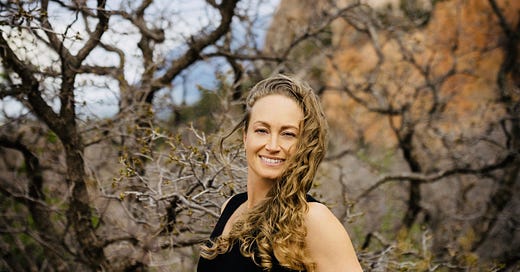



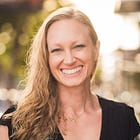


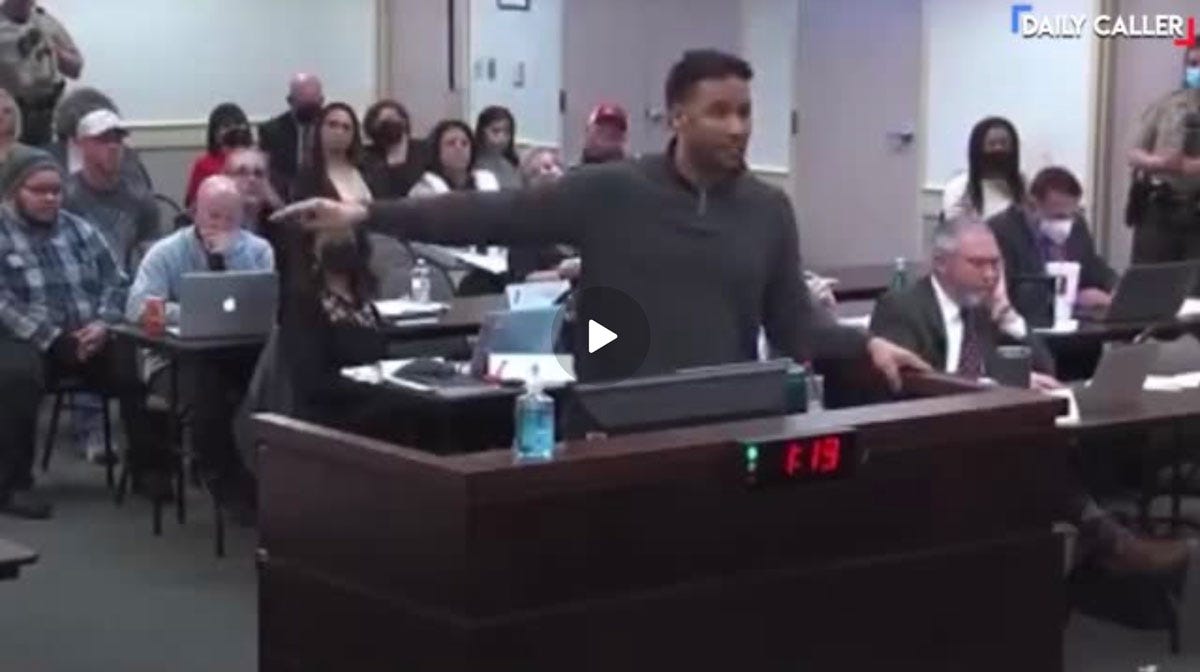
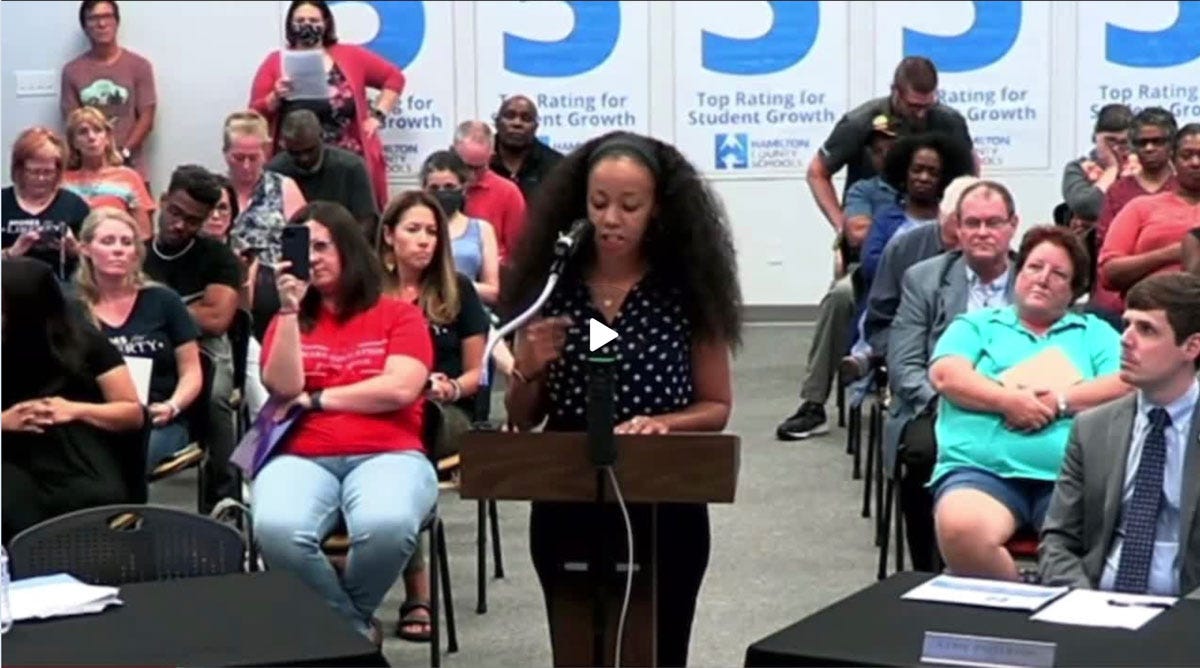

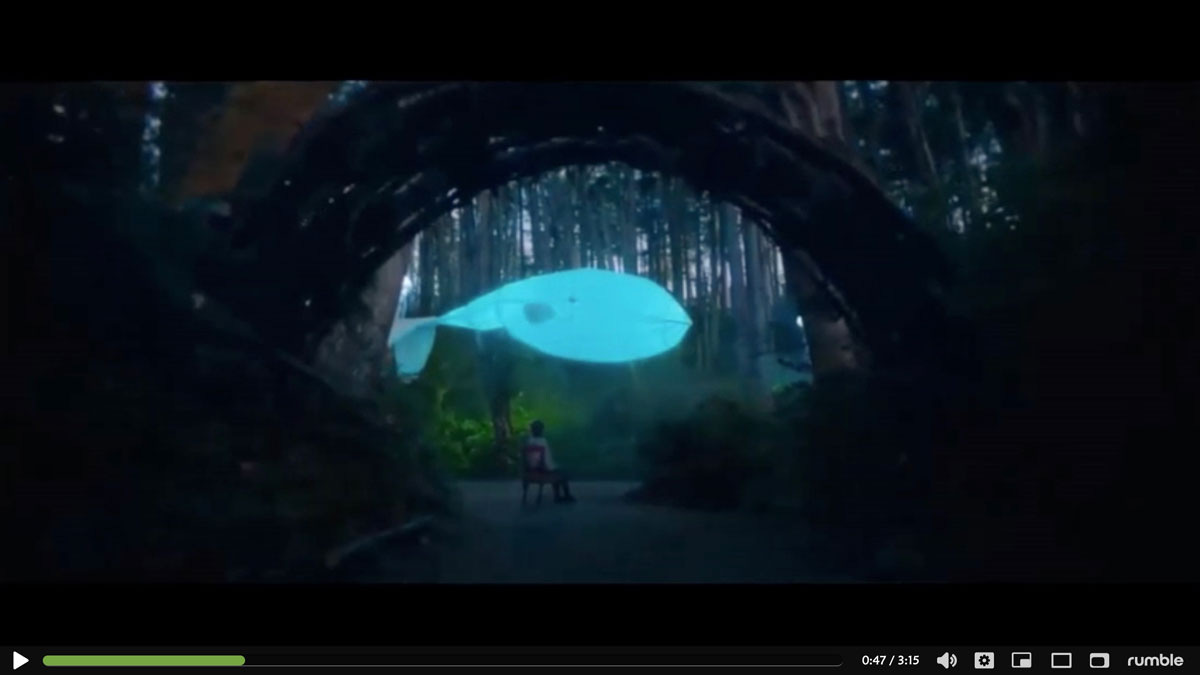
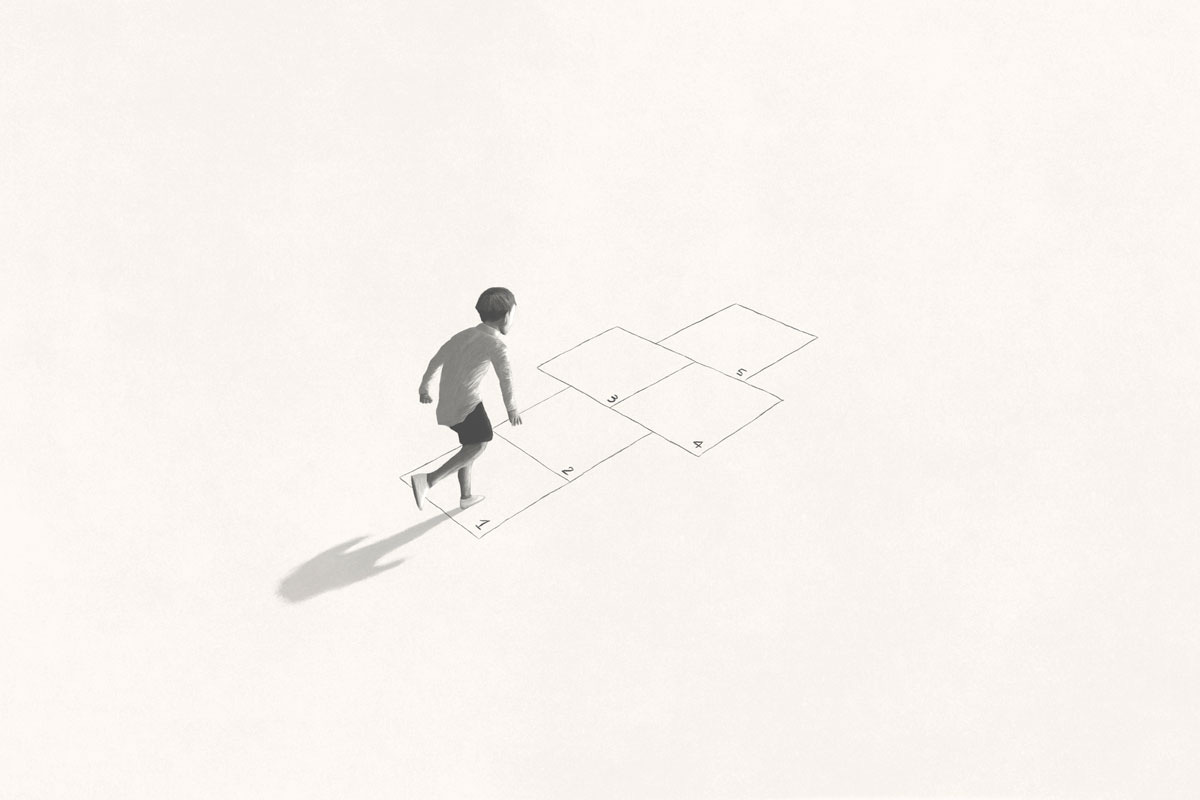
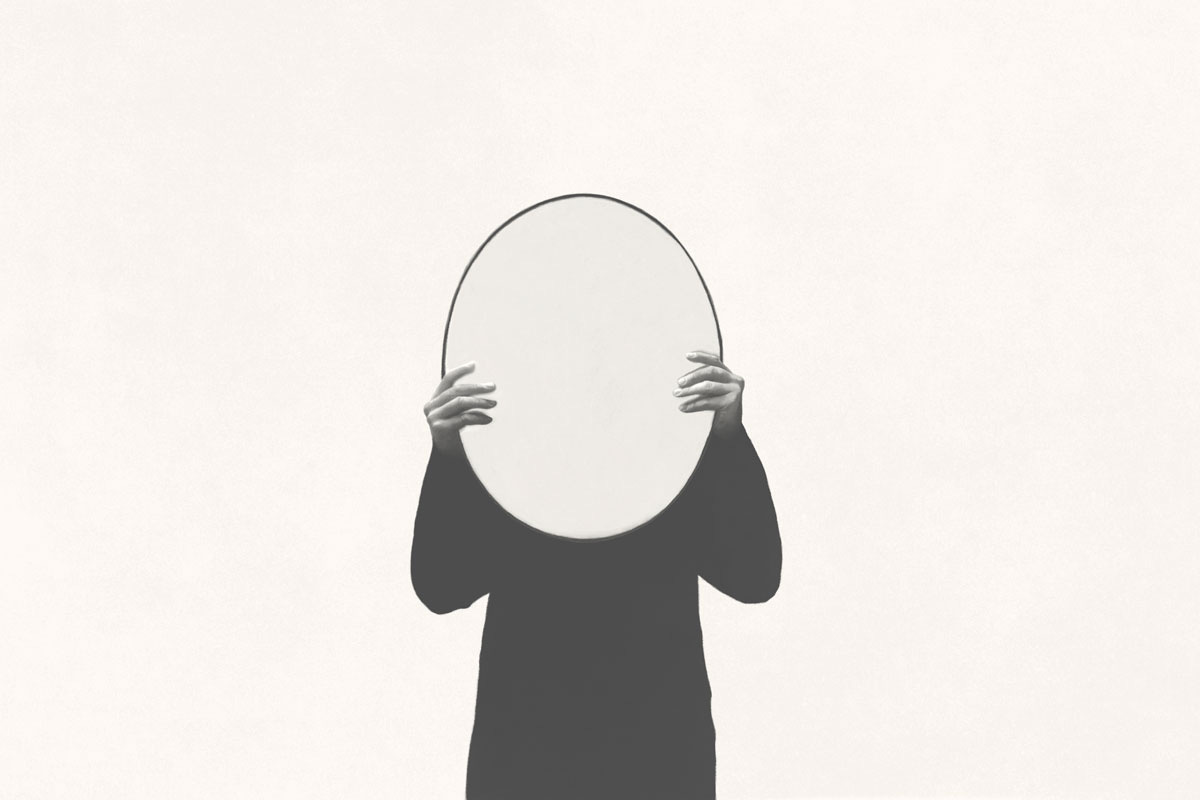
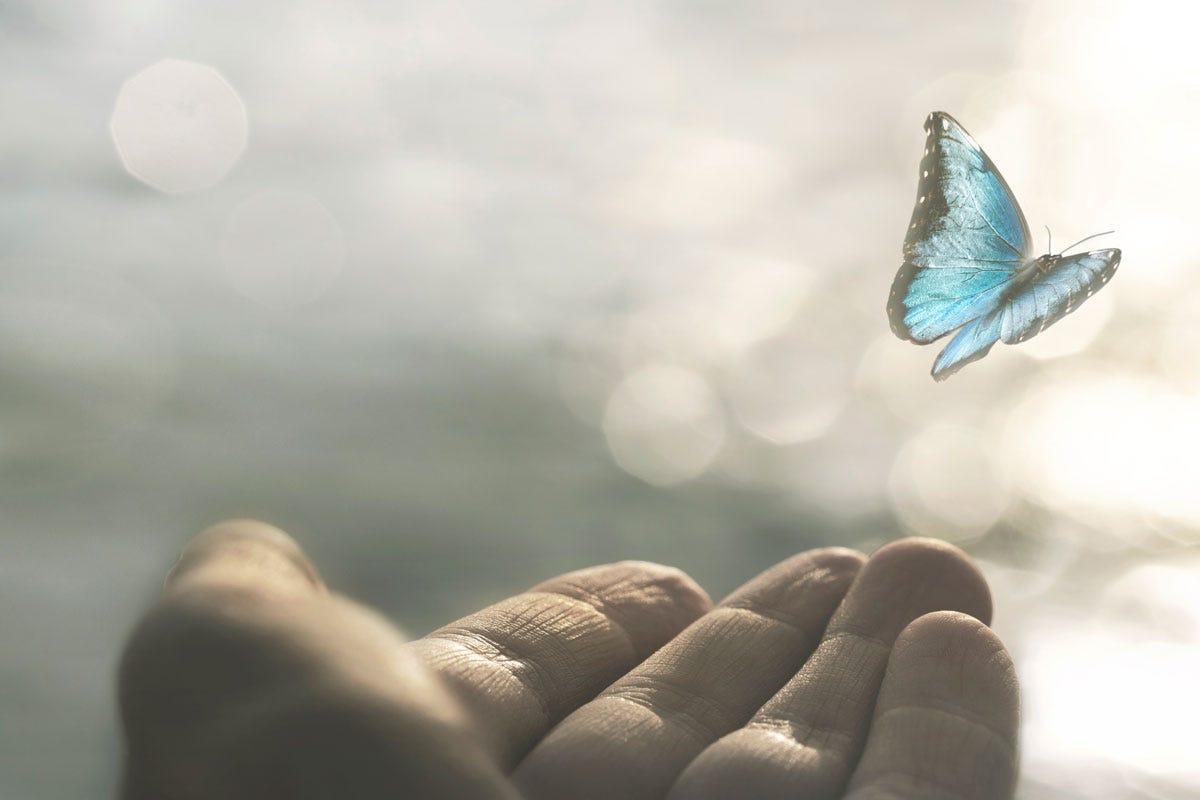
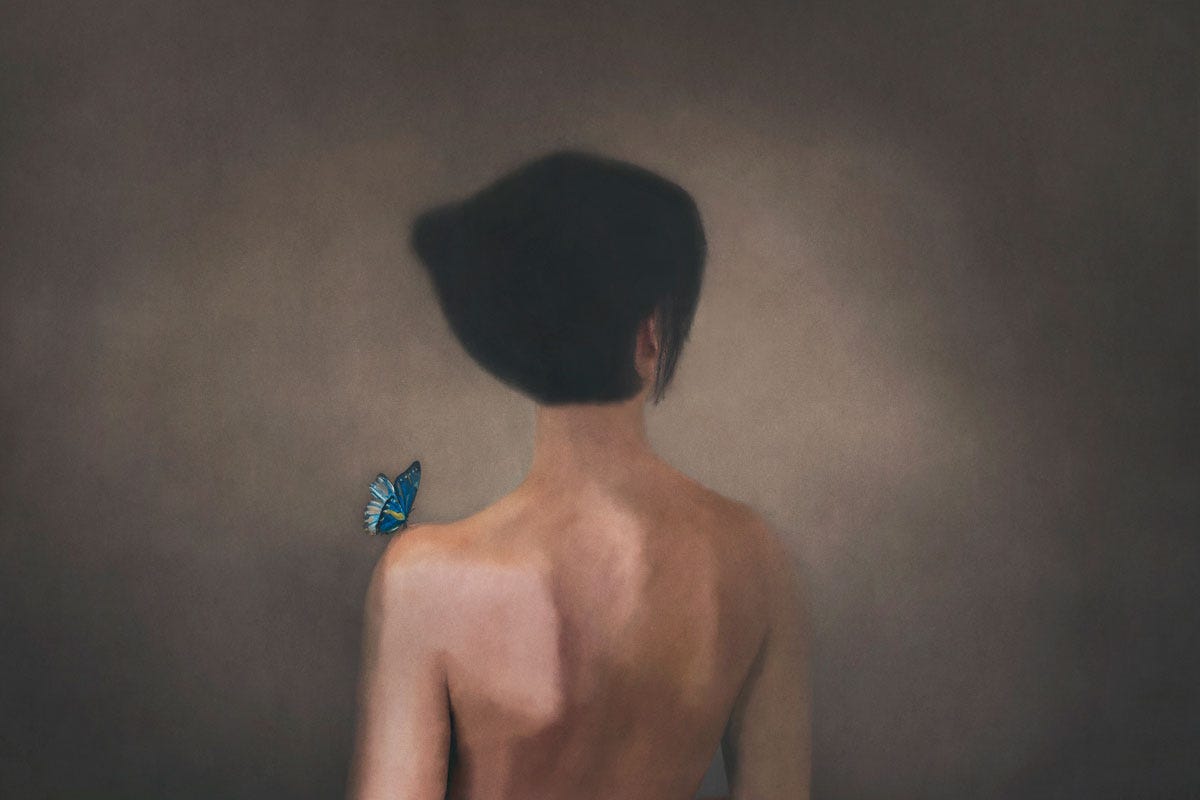
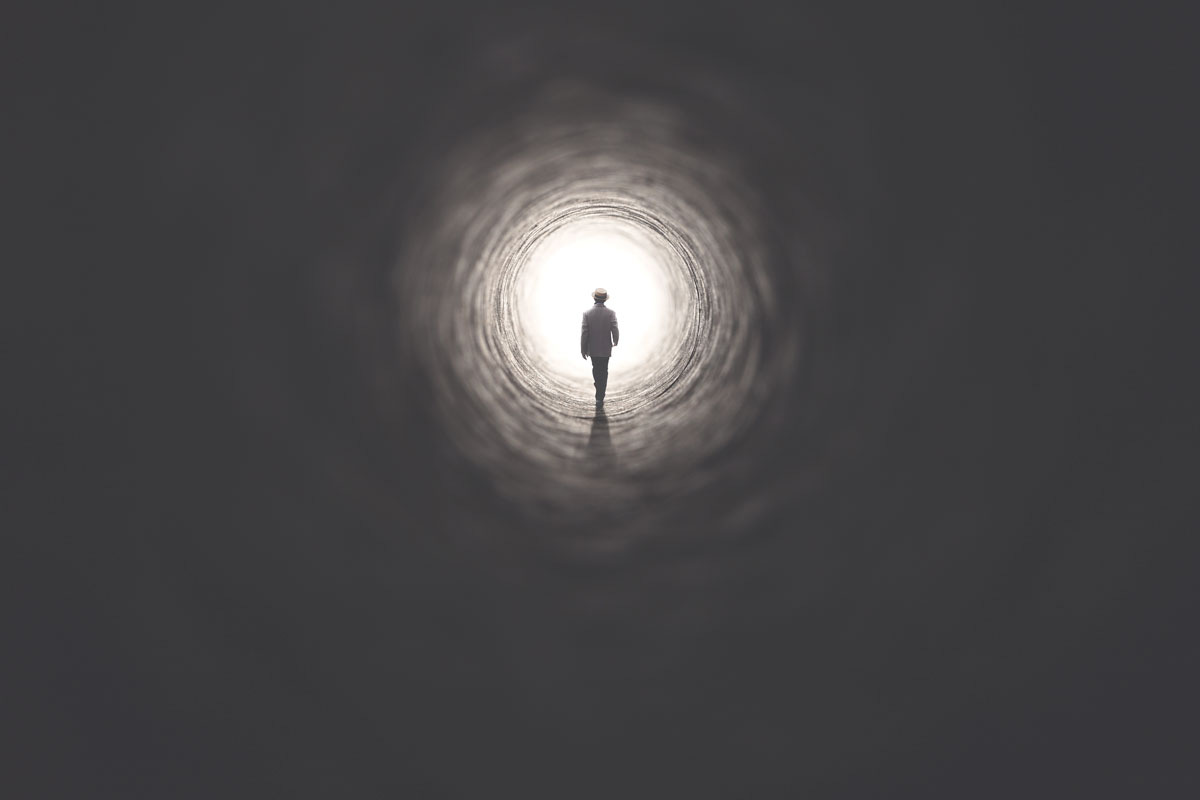
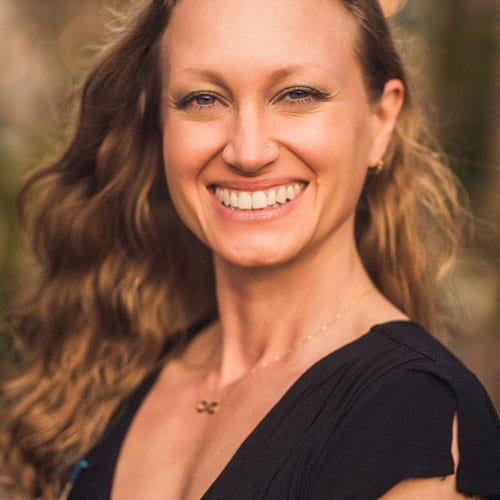
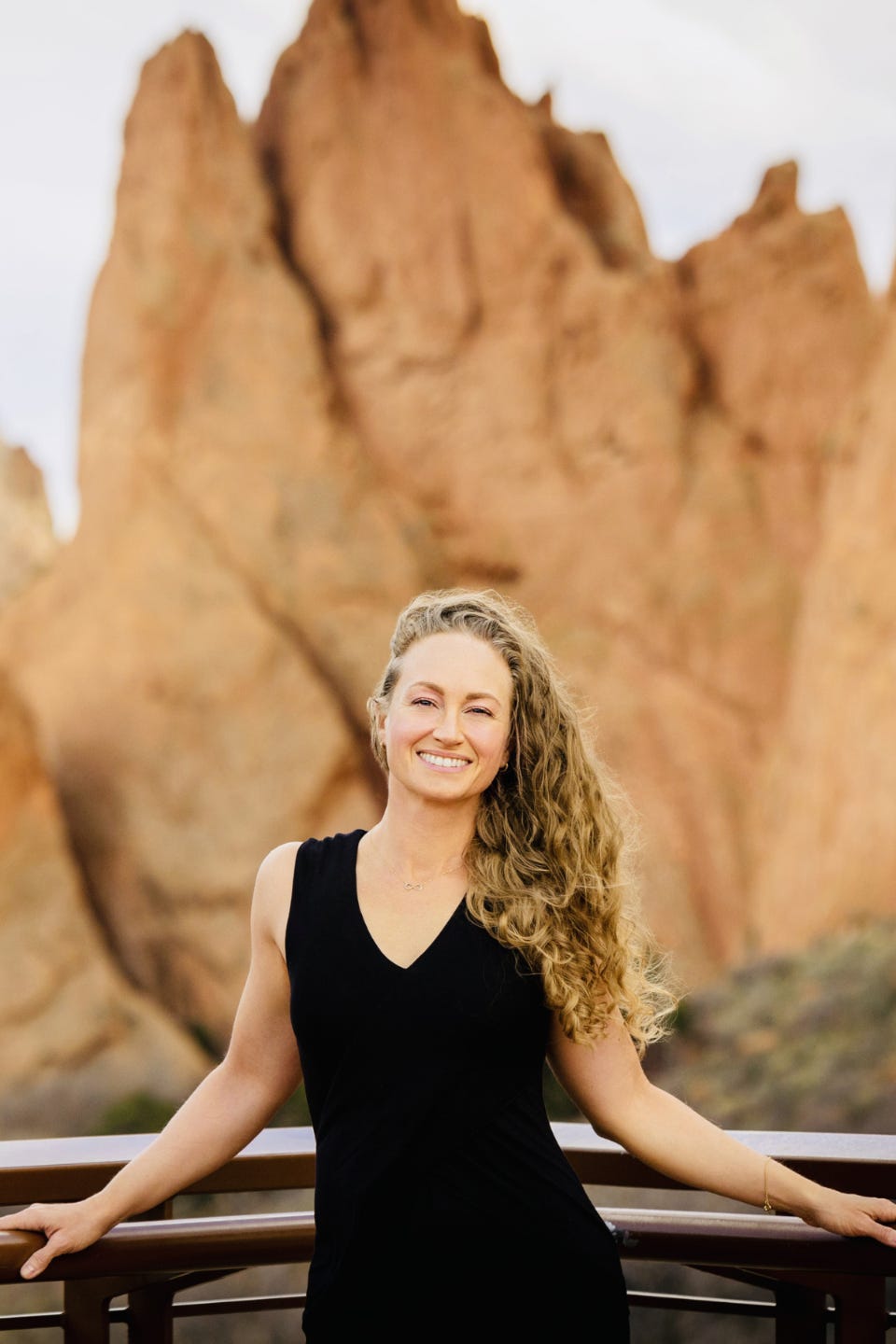
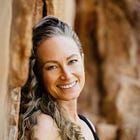

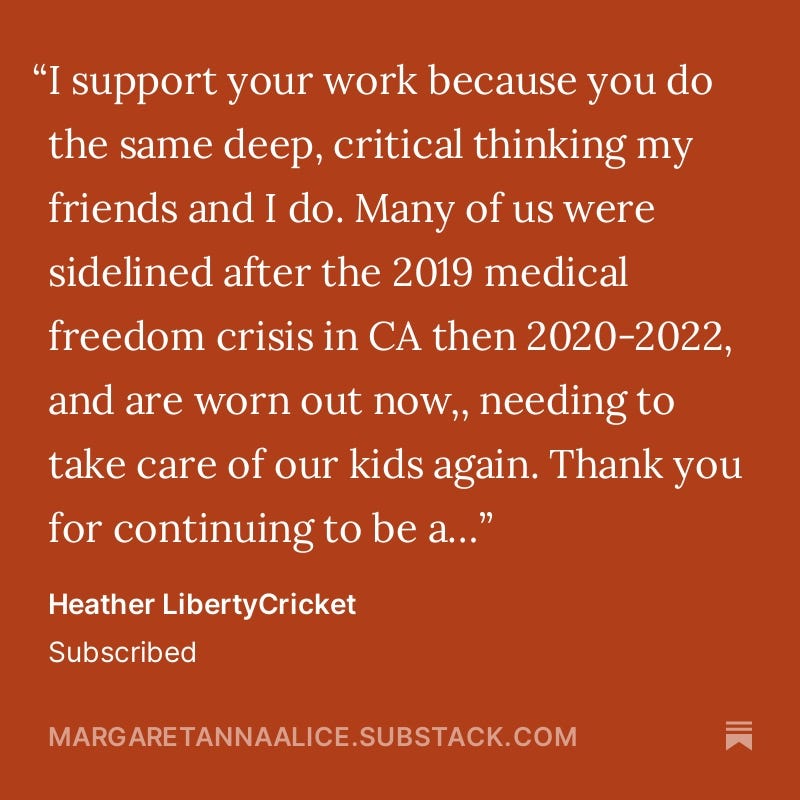



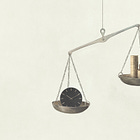
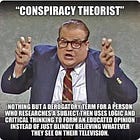



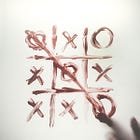
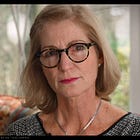
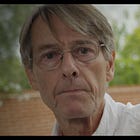
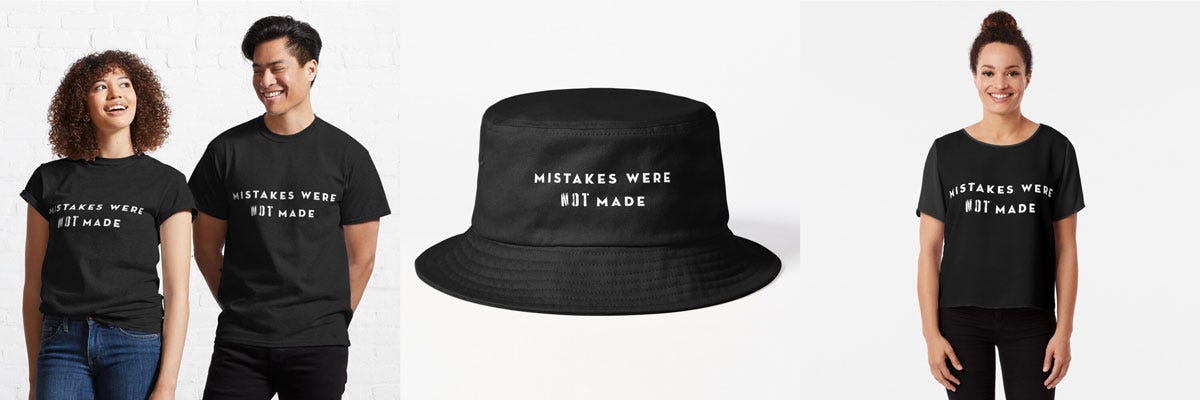
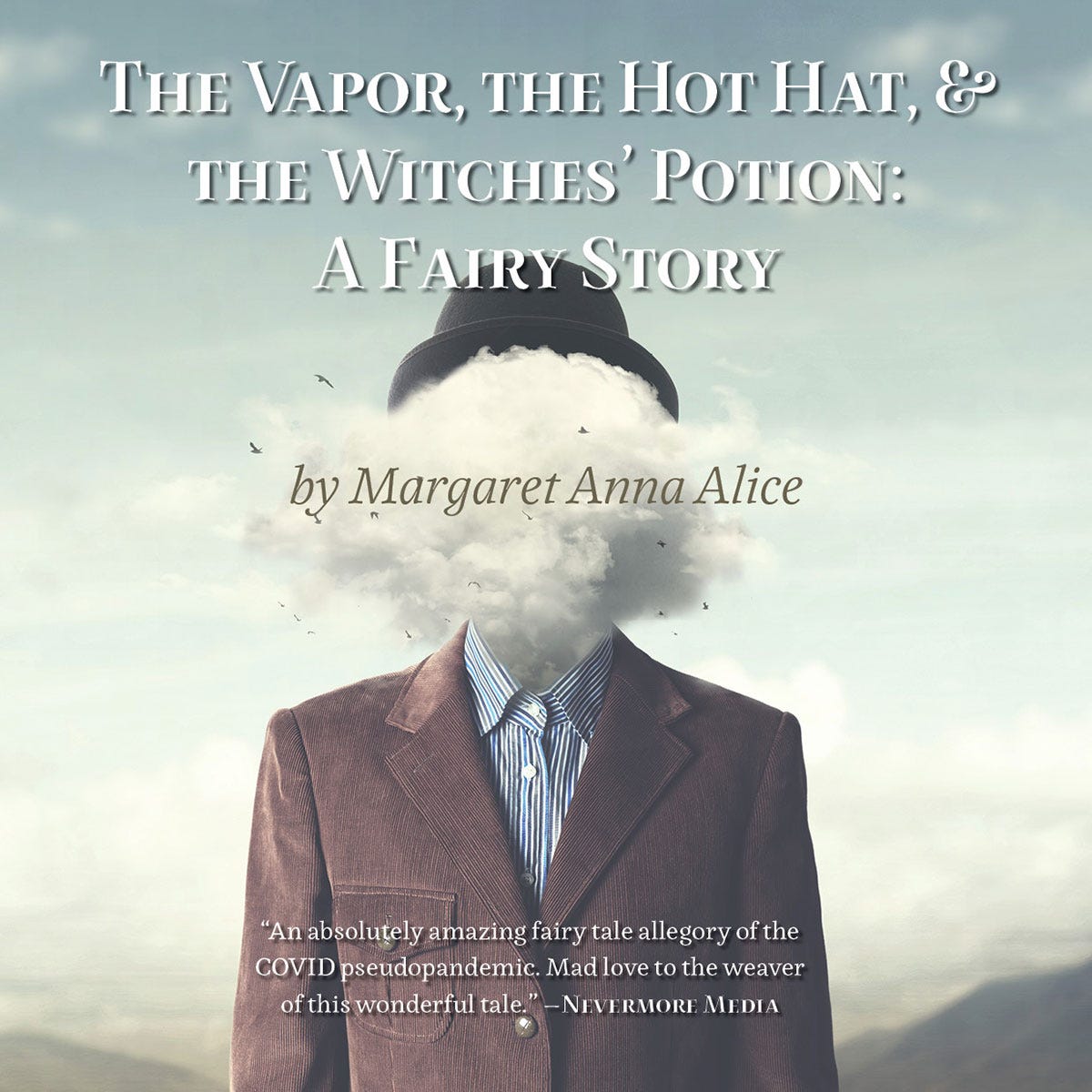
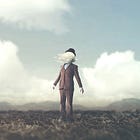
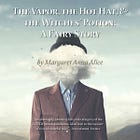
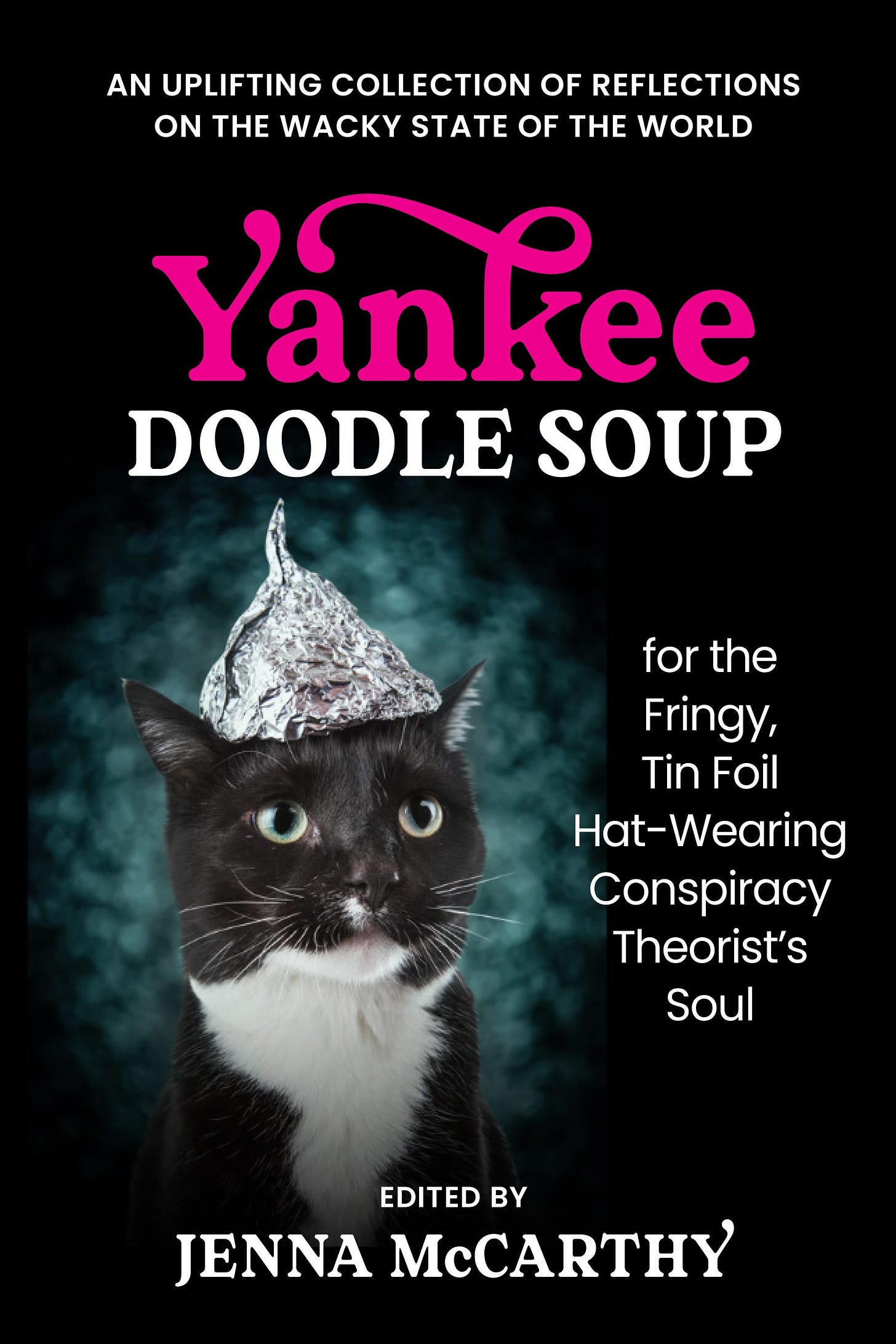

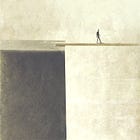
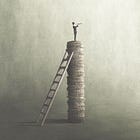
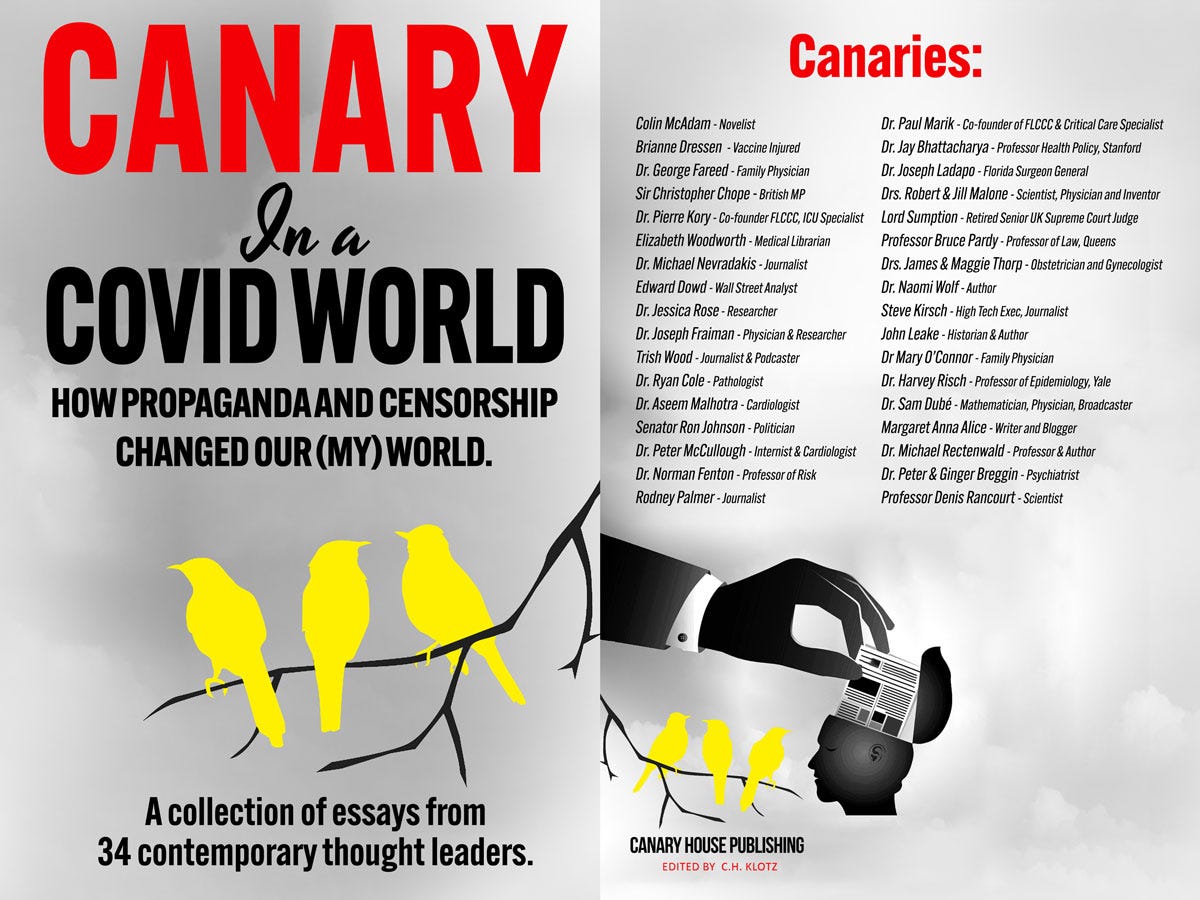
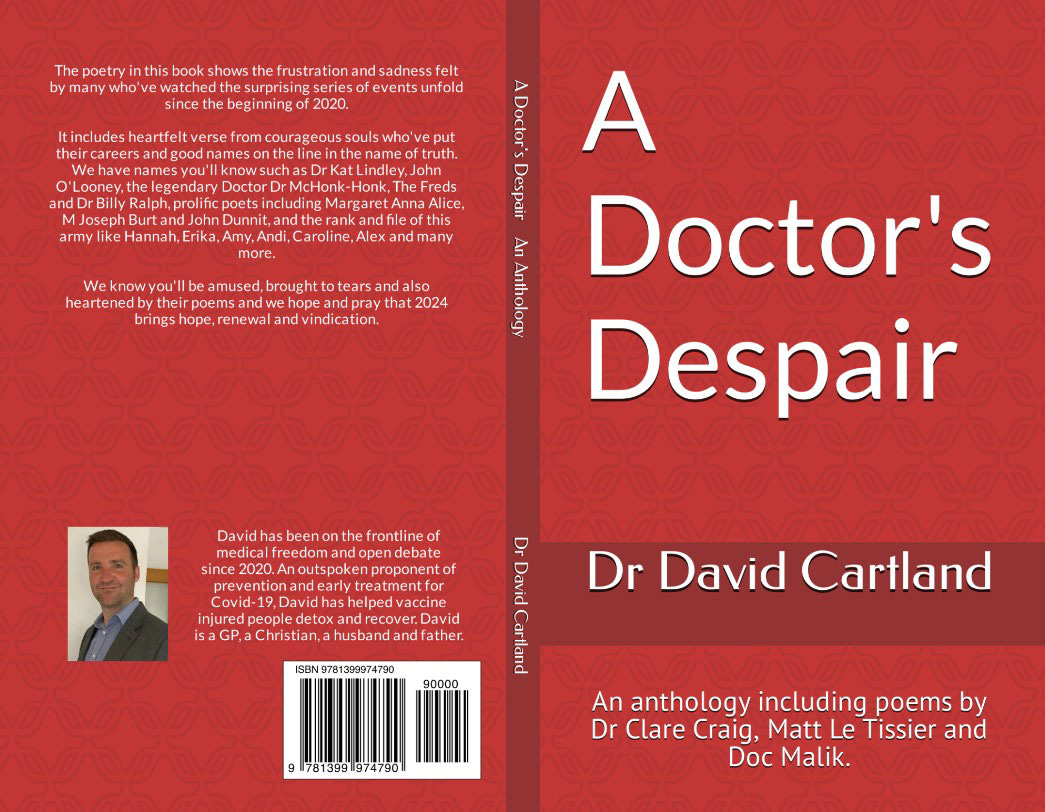

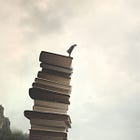
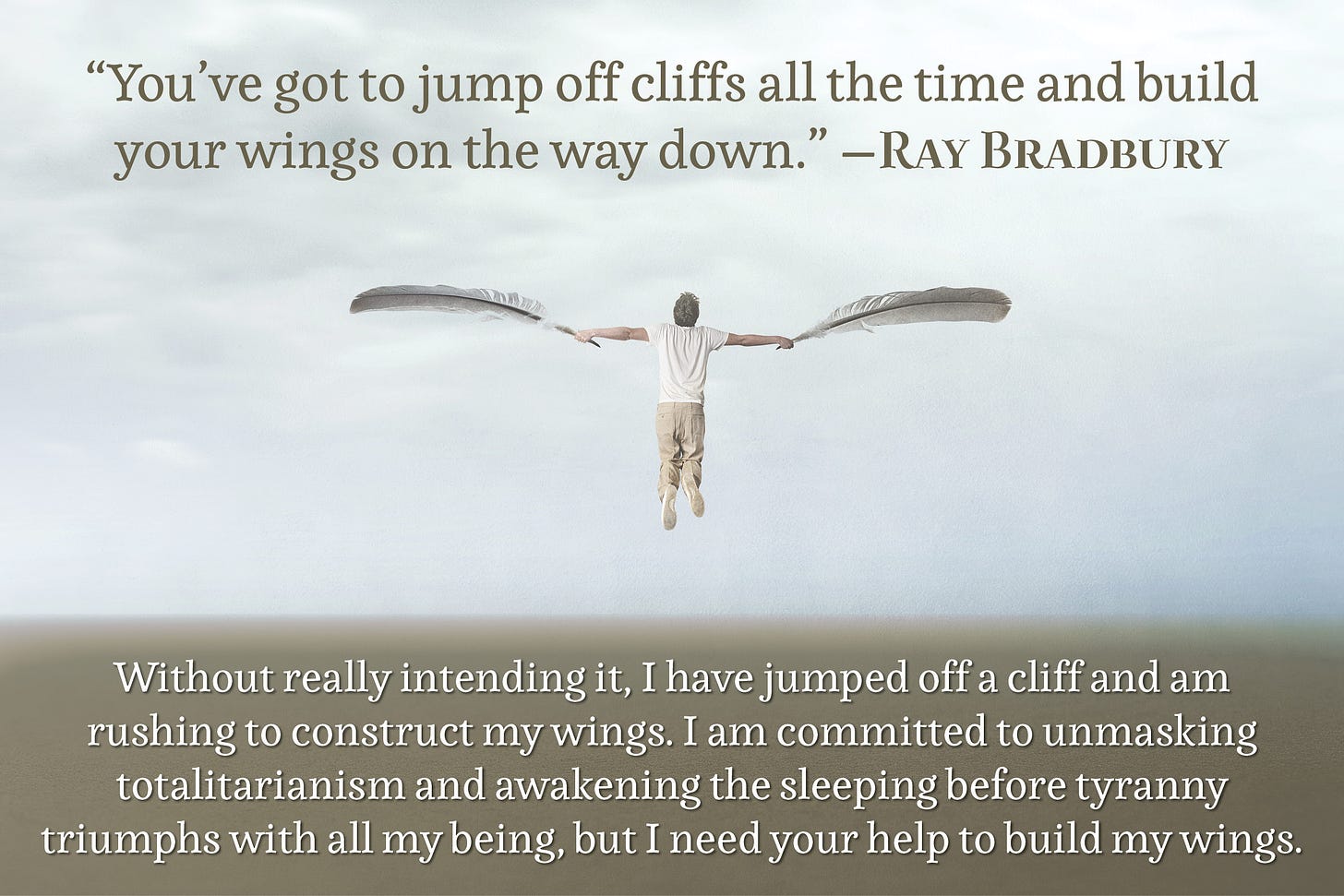



Here’s an excerpt from one of Aleksandr Solzhenitsyn’s writings which I’ve found useful in the last few years:
“Our way must be: Never knowingly support lies! Having understood where the lies begin (and many see this line differently)—step back from that gangrenous edge! Let us not glue back the flaking scales of the Ideology, not gather back its crumbling bones, nor patch together its decomposing garb, and we will be amazed how swiftly and helplessly the lies will fall away, and that which is destined to be naked will be exposed as such to the world.
And thus, overcoming our timidity, let each man choose: Will he remain a witting servant of the lies (needless to say, not due to natural predisposition, but in order to provide a living for the family, to rear the children in the spirit of lies!), or has the time come for him to stand straight as an honest man, worthy of the respect of his children and contemporaries? And from that day onward he:
· Will not write, sign, nor publish in any way, a single line distorting, so far as he can see, the truth;
· Will not utter such a line in private or in public conversation, nor read it from a crib sheet, nor speak it in the role of educator, canvasser, teacher, actor;
· Will not in painting, sculpture, photograph, technology, or music depict, support, or broadcast a single false thought, a single distortion of the truth as he discerns it;
· Will not cite in writing or in speech a single “guiding” quote for gratification, insurance, for his success at work, unless he fully shares the cited thought and believes that it fits the context precisely;
· Will not be forced to a demonstration or a rally if it runs counter to his desire and his will; will not take up and raise a banner or slogan in which he does not fully believe;
· Will not raise a hand in vote for a proposal which he does not sincerely support; will not vote openly or in secret ballot for a candidate whom he deems dubious or unworthy;
· Will not be impelled to a meeting where a forced and distorted discussion is expected to take place;
· Will at once walk out from a session, meeting, lecture, play, or film as soon as he hears the speaker utter a lie, ideological drivel, or shameless propaganda;
· Will not subscribe to, nor buy in retail, a newspaper or journal that distorts or hides the underlying facts.
This is by no means an exhaustive list of the possible and necessary ways of evading lies. But he who begins to cleanse himself will, with a cleansed eye, easily discern yet other opportunities.
Yes, at first it will not be fair. Someone will have to temporarily lose his job. For the young who seek to live by truth, this will at first severely complicate life, for their tests and quizzes, too, are stuffed with lies, and so choices will have to be made. But there is no loophole left for anyone who seeks to be honest: Not even for a day, not even in the safest technical occupations can he avoid even a single one of the listed choices—to be made in favor of either truth or lies, in favor of spiritual independence or spiritual servility. And as for him who lacks the courage to defend even his own soul: Let him not brag of his progressive views, boast of his status as an academician or a recognized artist, a distinguished citizen or general. Let him say to himself plainly: I am cattle, I am a coward, I seek only warmth and to eat my fill.” https://www.solzhenitsyncenter.org/live-not-by-lies
What is unsettling is not death, but that those who you have trusted blindly want to kill you.